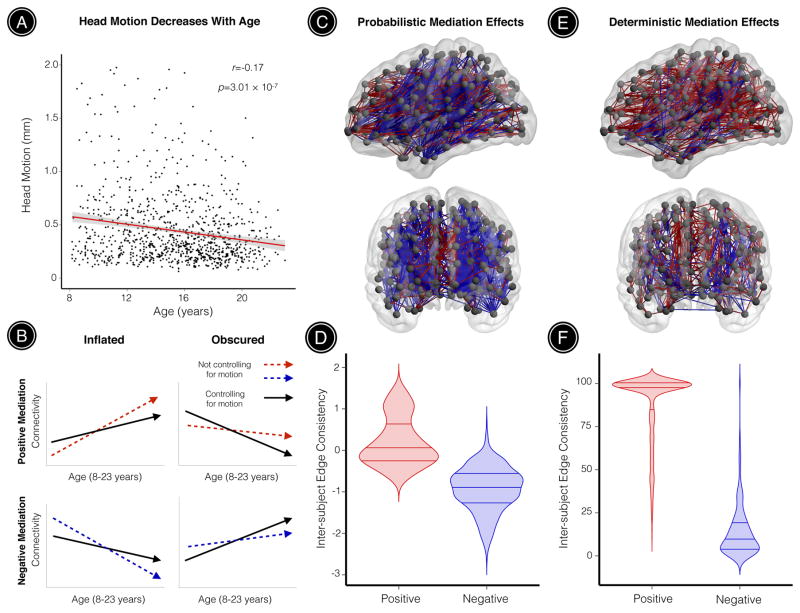Figure 4. Observed age effects on structural connectivity are both inflated and obscured when age-related differences in head motion are not accounted for.
All subjects included in this study passed rigorous manual quality assurance, retaining a sample of relatively high-quality, low-motion dMRI datasets. (A) Despite this, age-related differences in head motion were still observed: younger participants tended to move significantly more than older participants. (B) Mediation analyses across all network edges showing significant age effects demonstrated that observed age effects on structural connectivity were often inflated or obscured when head motion was not accounted for. This schematic illustrates how positive mediation effects can reflect inflated positive age effects or obscured negative age effects, where in both cases motion decreases the strength of network edges that undergo significant age-related change. Similarly, negative mediation effects can reflect inflated negative age effects or obscured positive age effects, where in both cases motion increases the strength of network edges that undergo significant age-related change. (C) For brain networks derived from probabilistic tractography, significant age effects were observed in 26% of all network edges. This visualization highlights 7% of these edges where developmental effects were significantly mediated by age-related differences in head motion. Positive mediation effects were observed for edges where motion significantly reduced connectivity, while negative mediation effects were observed for edges where motion significantly increased connectivity. (D) Network connections exhibiting positive mediation effects had significantly higher inter-subject edge consistency compared to connections with significant negative mediation effects (permutation-based p < 0.0001). (E) For brain networks derived from deterministic tractography, significant age effects were observed in 7% of all network edges. This visualization highlights 51% of these edges where developmental effects were significantly mediated by age-related differences in head motion. Again, both significant positive and negative mediation effects were observed. (F) As seen in the probabilistic data, network connections with significant positive mediation effects had significantly higher inter-subject edge consistency compared to connections with significant negative mediation effects (permutation-based p < 0.0001). Red connections in 4c through 4e represent significant positive mediation results; blue connections represent significant negative mediation results.

